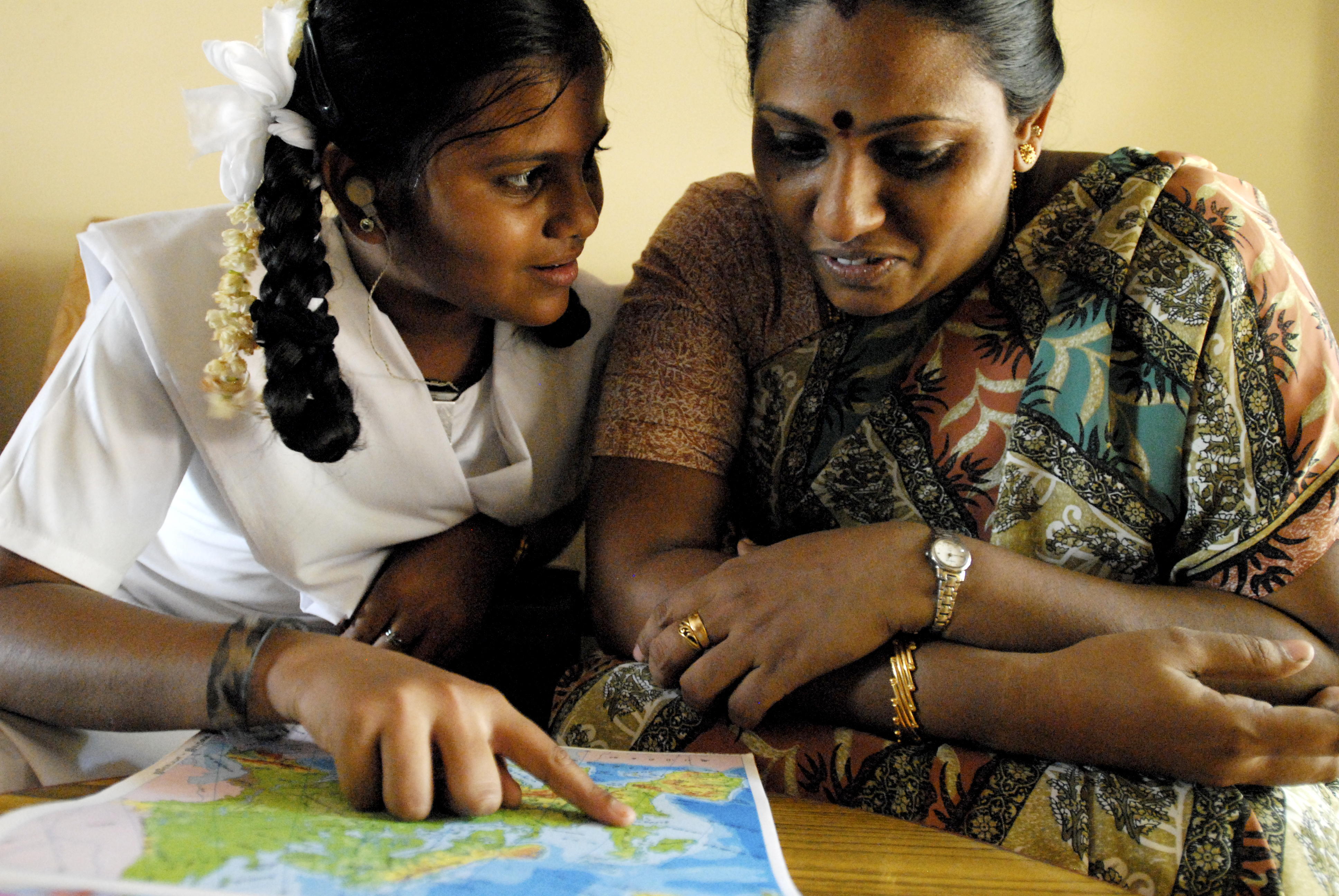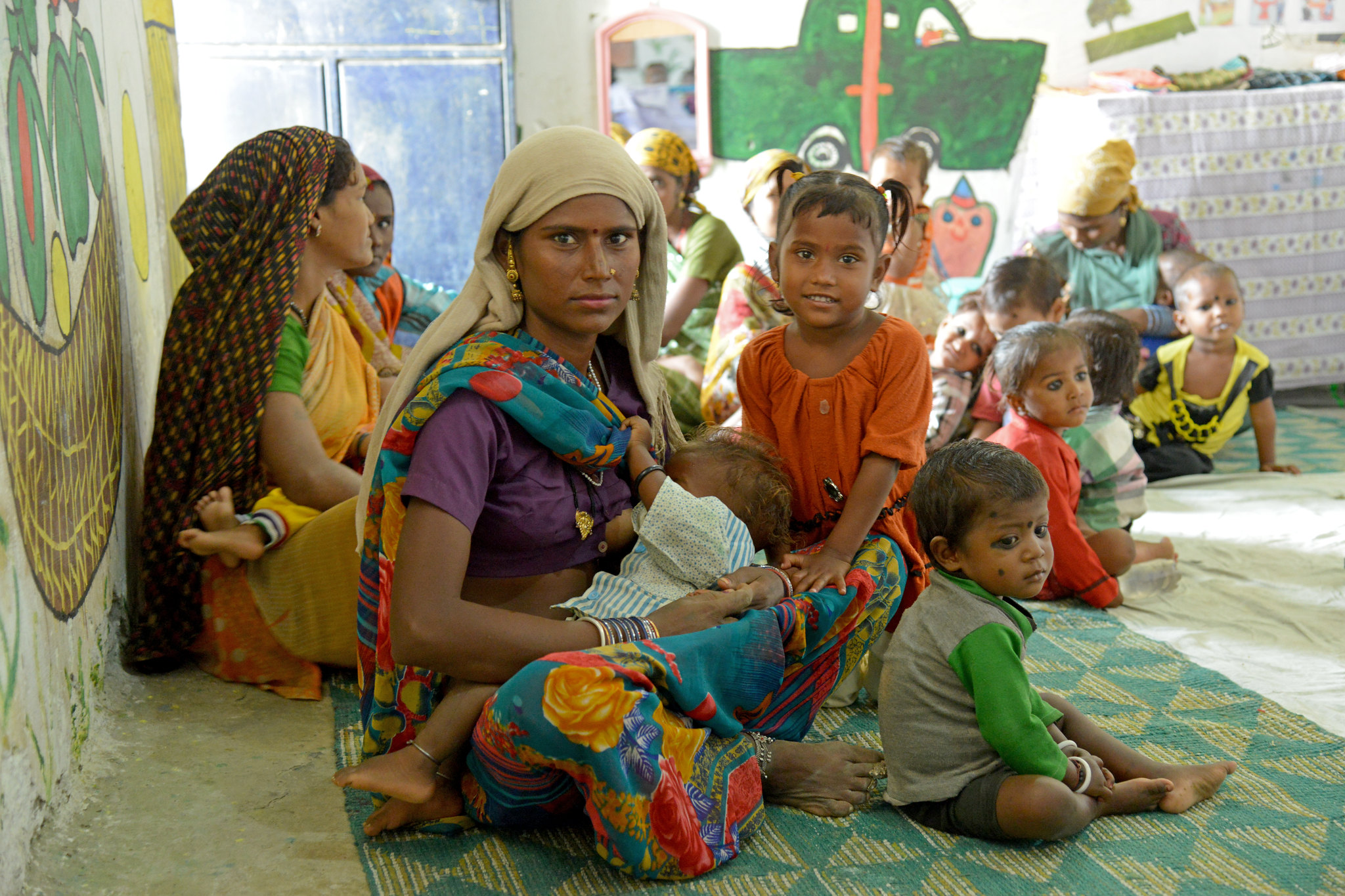November 08, 2010
This post originally appeared on PIIE.com.President Obama is heading to India today on a state visit that is fraught with expectations and hopes on both sides. His two predecessors, each in his own way, made a lasting impression on India. President Clinton’s reaching out to the Indian people nearly ten years ago erupted in a spontaneous dance with a group of illiterate rural women in Rajasthan, and the president etched himself in the Indian psyche as the modern day Lord Krishna—the legendary lover-god of Indian mythology. President Bush endeared himself to Indians by pushing through the civil nuclear deal, whose real import was the signal that: “You, India, are one of us.” Lacking the natural press-fleshing charms of Clinton, and the goodies that Bush had to offer, President Obama will have to find his own, cerebral, route to winning the hearts and minds of Indians. Here’s a book and movie list for President Obama that might help understand four dimensions of India: society and culture, history, religion, and cricket.Society and Culture. Aravind Adiga’s White Tiger offers a sharp perspective on contemporary India, a hard-hitting and unsentimental exposé of the underbelly of Indian growth and globalization. Through the eyes of an amoral protagonist-villain, we see caste, hierarchy, and feudalism colliding with modernity without losing their essential stranglehold on Indian society. White Tiger is a necessary corrective to the optimistic narrative of India in the movie Slumdog Millionaire, which President Obama has probably seen.If sex began in 1963, as Philip Larkin famously pronounced, Indian writing in English as a confident genre did so with and because of Salman Rushdie’s Midnight’s Children. As such, this book is de rigeur not just to follow the birth and life of its hero, the long-nosed Saleem Sinai, which loosely parallel those of India itself, but for its landmark value. Fortunately for the time-pressed president, this book offers up nearly all of its pleasures in its first half.Bollywood is one manifestation of Indian exceptionalism: one of the world’s poorest countries sustaining an entertainment industry on the scale and influence that is really only found in the world’s richest country. The unvarnished offerings of Bollywood might be too much even for President Obama to take, and so a close, slick substitute is Mira Nair’s “Monsoon Wedding,” which though not of Bollywood, captures its (and India’s) essence, mixing spectacle, tradition, family drama (including its dark secrets), to produce an output that is uproariously entertaining. Monsoon Wedding offers clues as to why Bollywood is not just India’s safety valve but one of its indispensable glues.Politics/History. America justly prides itself on the unique circumstances of its birth and the contributions of its founding fathers. Ramachandra Guha’s, India After Gandhi, in particular its part one and the epilogue, can help understand Indian pride—and sadness—in the origins of the country, and the blend of idealism, realpolitik, and quirkiness that made it possible.The strenuous efforts by India’s early leaders to be ecumenical rather than exclusionary despite their monopoly on power, the challenges of incorporating more than 500 princely states into the Indian union (the many civil wars that India had to fight like the big one that America had to contend with nearly 100 years after its independence), the origins of India’s tortured relationship with Kashmir, and the sheer difficulty of holding such a diverse country together, are beautifully documented in this book. President Obama, after reading India After Gandhi, will hopefully internalize that India’s counterpart to the American national narrative of “Life, liberty and the pursuit of happiness” is the “idea of India,” which at its core is about a capaciousness that allows competing ideas of India to exist and flourish.Religion. What will Barack Hussein Obama, a near-complete Judeo-Christian, make of the Indian religious psyche? The Indian epic, the Mahabharata, arguably richer than even the Iliad and the Odyssey at least in grappling with big questions about life/death, right/wrong, free will/determinism, is a good introduction to Hinduism. And a great distillation of this epic, especially in bringing out the essentials of the Hindu concept of Dharma (crudely “righteousness”), is the spellbinding, six-hour movie by the English stage director Peter Brook. Hinduism’s equivalent of the Sermon on the Mount is the Conversation in the Chariot, also called the Bhagavad Gita, which is depicted with force and simplicity in the film.The successive imprints of other religions have created the palimpsest that is Hinduism today. Three stories in William Dalyrmple’s recent book, Nine Lives, offer moving, personalized glimpses into them. The Nun’s Tale illustrates the strong self-mortification streak in Jainism but also illuminates that religion’s perspective on death and dying which contrasts so sharply with the attachment to life-at-all-costs spirit in the United States (that is poignantly described in Atul Gawande’s piece in the New Yorker a few months ago). East is East and West is West seems to apply as much to dying as living. The Monk’s Tale is the story of a Tibetan Buddhist’s estrangement from his homeland, and his fraught engagement with, and subsequent repudiation of, violence (a theme in President Obama’s Nobel lecture on necessary and just wars). The Red Fairy, especially its ending, with its surprising description of what Hell contains—or rather what it does not—shows why Sufism has served as an intellectual and emotional bridge between Islam and Hinduism.What about President Obama’s necessary exposure to the more rabid strains in Hinduism? Mukul Kesavan’s Secular Common Sense, although a strident riposte to religion-inspired illiberalism, is nevertheless useful in helping understand the ideology and motivations of the Hindu extremists.The former constitutional law professor will enjoy some of the thorny legal issues that arise as India grapples with the separation of state and temple/mosque/church.Sports. Netherland, which President Obama is reported to have read last summer, will have introduced him to the languorous rhythms and seemingly antiquated codes of cricket. Understanding cricket is important for “getting” India. The greatest book on cricket, arguably one of the greatest sports books ever, C. L. R. James’ Beyond a Boundary, is a meditation not just on the sport of cricket but its rich and lofty trappings. Inspiring such writing—as much as the fact of being a sport that can be played over five days and yet produce inconclusive outcomes— bolsters cricket’s claims to being a unique sport. This book has been written by a non-Indian and is not even about cricket in India. So, this recommendation is made in the spirit of the famous Kipling-inspired question that suffuses Beyond a Boundary: What do they know of cricket who only cricket know?
Disclaimer
CGD blog posts reflect the views of the authors, drawing on prior research and experience in their areas of expertise. CGD is a nonpartisan, independent organization and does not take institutional positions.





